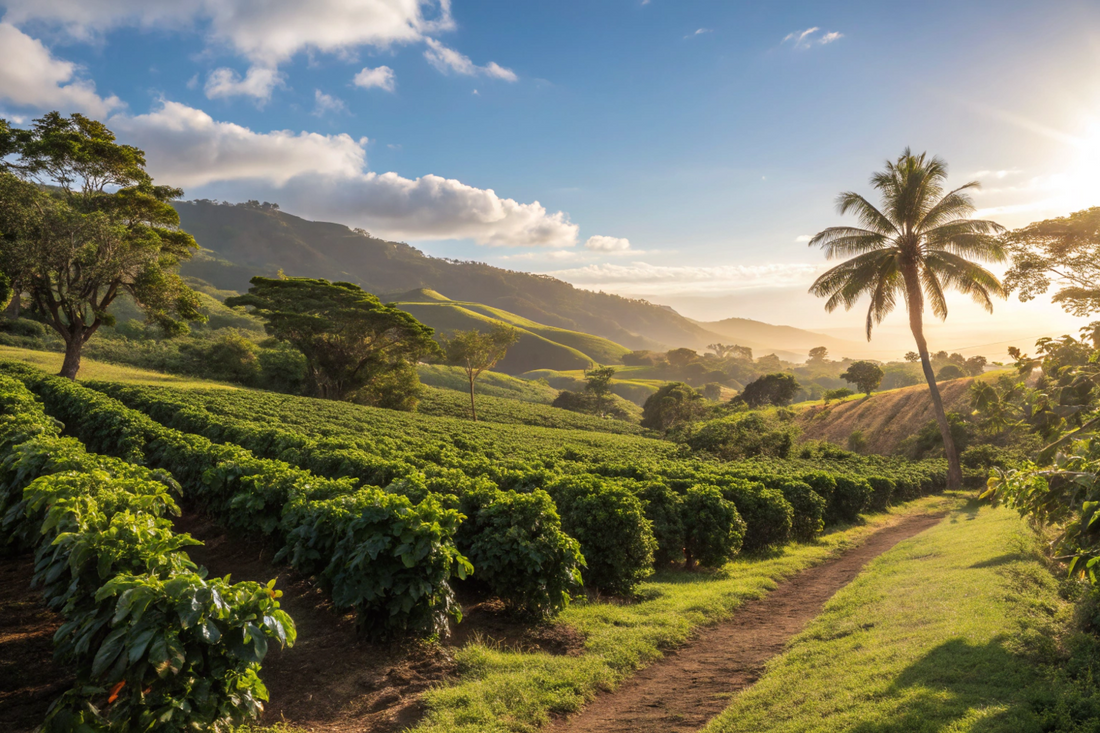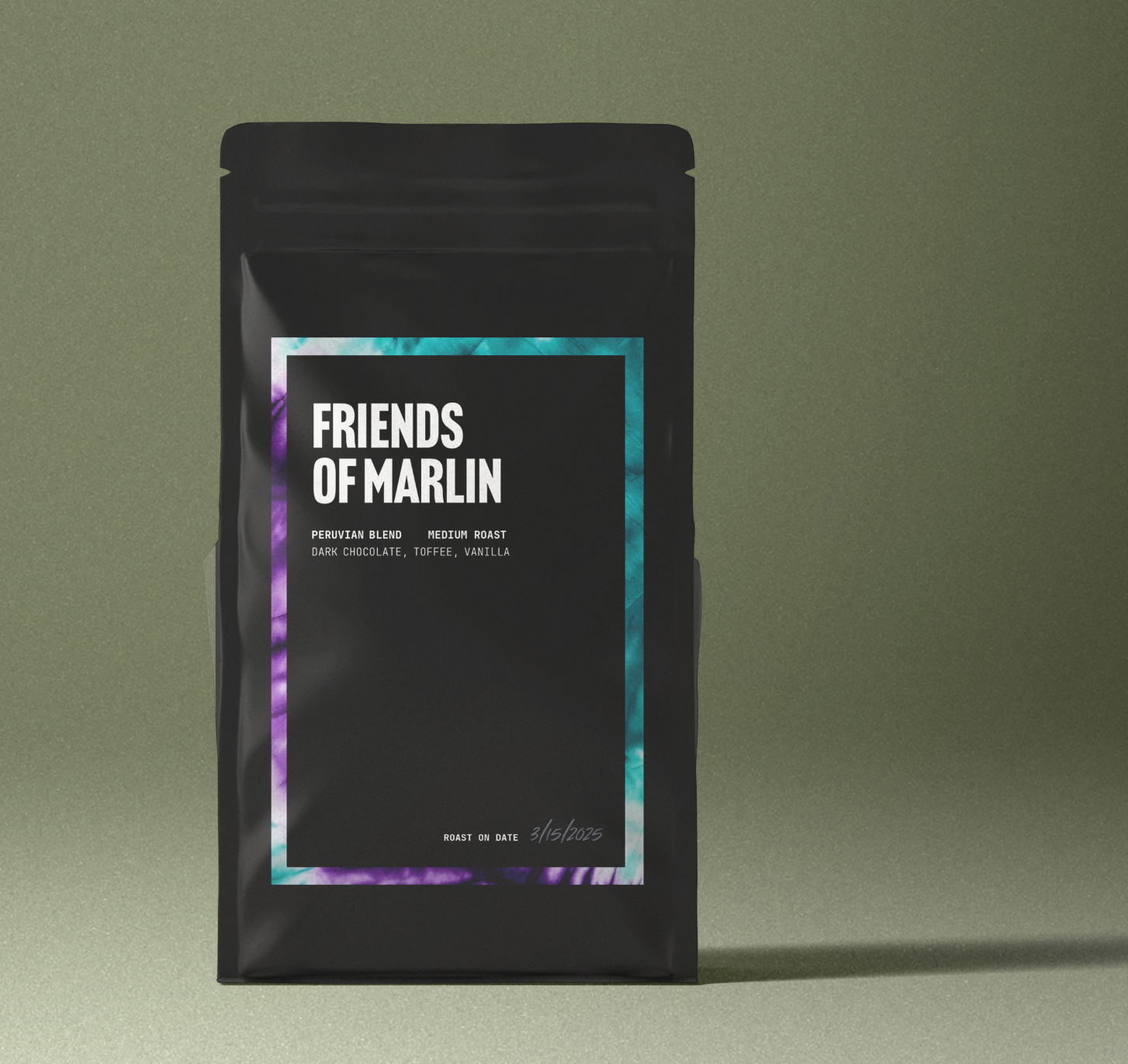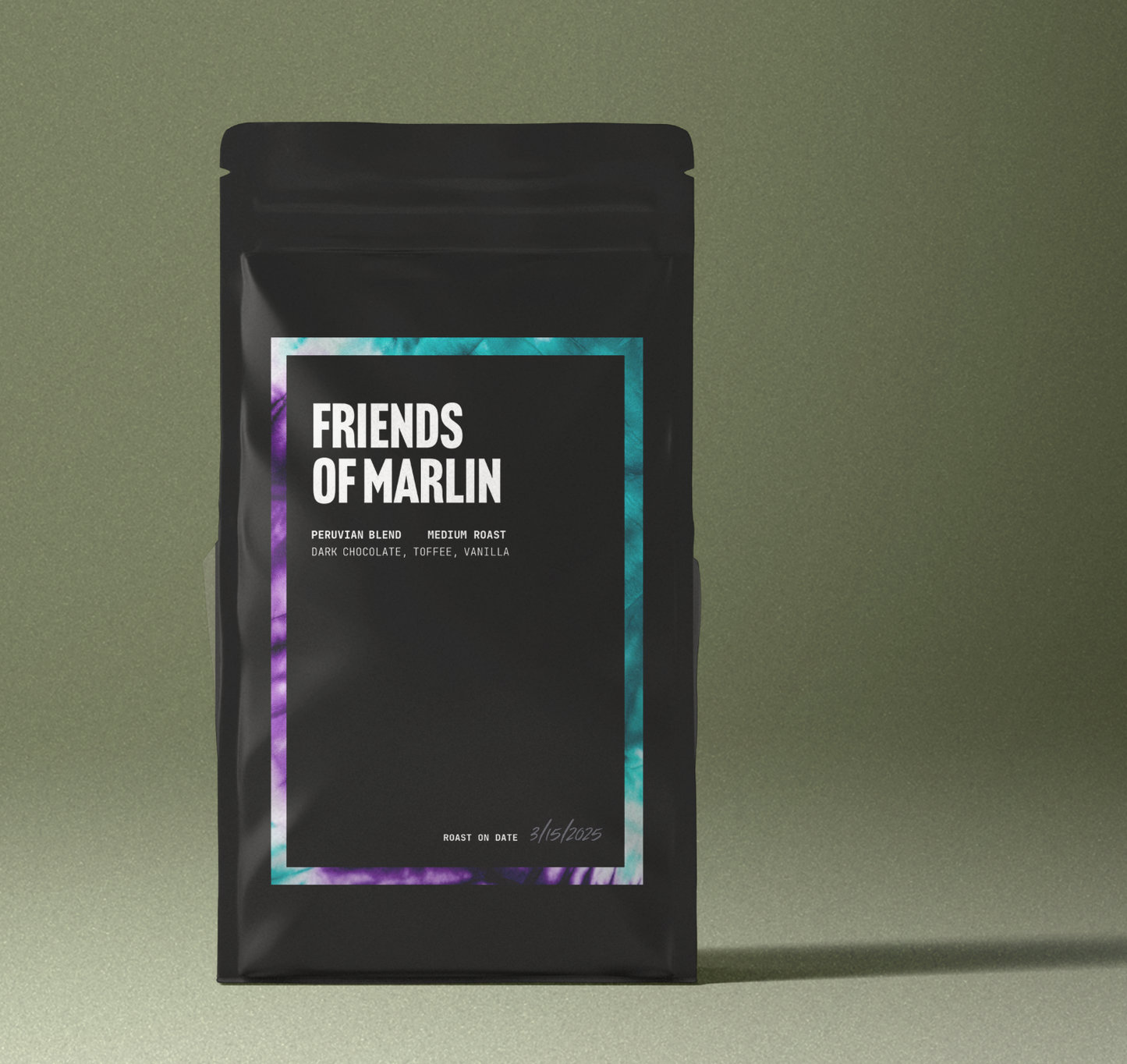
The 10 Best Coffee Roasters in the United States (2025 Edition)
Share
If you love coffee, the United States is a paradise of pioneering roasteries—from tiny, experiment‑happy labs to globe‑spanning brands shaping sustainability at scale. To build this list, I looked at recent awards (Roast Magazine, Good Food Awards, U.S. Coffee Championships), third‑party rankings (Roastful Top 100, Sprudge, Coffee Review), and verifiable milestones such as B‑Corp scores or carbon‑neutral pledges. Only roasters with U.S. headquarters made the cut, and each had to demonstrate consistent cup quality, transparent sourcing, and cultural impact.
1. Onyx Coffee Lab — Rogers, Arkansas
Few roasters dominate the competition circuit like Onyx. Their baristas placed in the top tier of the 2024 and 2025 U.S. Barista Championships, and the company keeps racking up Good Food Awards for both coffee and chocolate.
Why they’re special: Onyx publishes real‑time farmgate prices, roast curves, and brewing water specs—turning transparency into an art form.
Don’t miss: Southern Weather blend for milk drinks; their limited “Geometry” nano‑lots for pour‑over purists.
Brew tip: Use 1 g coffee to 16 g water at 202 °F to spotlight their signature candy‑sweet acidity.
2. Intelligentsia Coffee — Chicago, Illinois
A third‑wave elder statesman that still innovates, Intelligentsia was a 2024 Good Food Awards finalist and opened its first international café in Seoul in 2024—proof the brand’s Direct Trade model resonates far beyond U.S. borders.
Why they’re special: Two decades of origin‑building relationships mean they often land first pick of experimental lots.
Signature sip: Black Cat Espresso—a silky, fruit‑driven classic that rewrote the American espresso playbook.
Brew tip: For Black Cat, try a 1:2.1 ratio in 28 seconds to balance jammy sweetness and cocoa heft.
3. Counter Culture Coffee — Durham, North Carolina
Certified B‑Corp since 2020 and now scoring 91.9 on its latest audit, Counter Culture backs its sourcing rhetoric with hard metrics. Its Seeds and Bloom funds reinvest in producer‑led sustainability projects.
Why they’re special: They publish an annual Transparency Report—one of the industry’s longest‑running, data‑rich accountability documents.
Try this: “Hologram,” a berry‑forward blend that shows how approachable complex coffees can be.
Brew tip: Aeropress 17 g coffee / 250 g water, 90‑second steep, for a jam‑like cup without paper muddiness.
4. Stumptown Coffee Roasters — Portland, Oregon
Celebrating 25 years in 2024, Stumptown remains a gateway for many specialty‑curious drinkers; its Holler Mountain was picked “Best Overall Ground Coffee” by The Spruce Eats for 2024.
Why they’re special: Early champions of Direct Trade and cold‑brew in nitro cans, they continue to scale without dulling flavor.
Must‑try: Hair Bender—a timeless blend that balances citrus snap with dark‑chocolate depth.
Brew tip: For drip, use a flat‑bottom filter and a 1:15 ratio; blooming for 45 seconds tames the blend’s lively acidity.
5. Verve Coffee Roasters — Santa Cruz, California
Roast Magazine’s 2024 Macro Roaster of the Year, Verve couples West‑Coast surf culture with serious green‑coffee investments, often paying 50–100 % above Fair Trade minimums.
Why they’re special: Farmlevel Initiative pushes profit‑sharing and quality‑control labs directly to producers.
Cup to seek out: The Wilder seasonal blend (pomegranate, candied citrus, juniper) shows Verve’s light‑roast finesse.
Brew tip: For single origins, Verve recommends a 20 % extraction yield; start with 18 g in, 288 g out on a V60.
6. Blue Bottle Coffee — Oakland, California
Now a global brand, Blue Bottle pledged full carbon neutrality by 2024 across cafés, e‑commerce, and packaged goods—a first for a U.S. specialty chain of its size—and continues expanding, with a 2024 pop‑up in Singapore ahead of more Asia growth.
Why they’re special: They funnel Nestlé’s resources into cutting‑edge sustainability pilots (regenerative dairy, low‑carbon packaging).
Order this: Single‑Origin Exceedingly Rare series—micro‑lots roasted to whisper‑light perfection.
Brew tip: Their 4‑minute Chemex recipe (40 g coffee / 700 g water) highlights floral nuance with almost tea‑like clarity.
7. Heart Coffee Roasters — Portland, Oregon
Portland locals and Reddit’s coffee obsessives still rank Heart among the nation’s elite; their Ethiopia Danche shot was called “the best espresso of 2024” by multiple users.
Why they’re special: Scandinavian‑inspired roast profiles—light, fragrant, relentlessly clean.
Star coffee: Stereo seasonal espresso—stone fruit, vanilla, and a sparkling finish.
Brew tip: Heart roasts benefit from a cooler brew temp (198–200 °F) to keep delicate florals intact.
8. George Howell Coffee — Boston, Massachusetts
George Howell himself co‑founded the Cup of Excellence, and his roastery remains a benchmark for terroir transparency; aficionados still cite Howell as “coffee nirvana.”
Why they’re special: Extreme lot separation—sometimes down to a single day’s pick—lets you taste micro‑seasonality.
Pick up: Kangocho, Kenya AA for textbook black‑currant brightness.
Brew tip: Use a Kalita Wave to emphasize layered acidity without over‑extracting.
9. Black & White Coffee Roasters — Raleigh, North Carolina
Founded by U.S. Barista Champions Kyle Ramage and Lem Butler, B&W lives and breathes competition coffee; their 2024 Competition Box featured four experimental lots used on the USBC stage.
Why they’re special: They roast multiple curves for the same coffee (filter vs. espresso) and share the data with customers.
Highlight: “The Future” series—wildberry‑lemonade naturals that push fermentation boundaries.
Brew tip: For exotic anaerobics, lower your brew ratio to 1:17 and stir twice during bloom to avoid channeling syrupy fines.
10. Bird Rock Coffee Roasters — San Diego, California
Consistently voted a top U.S. roaster and lauded for award‑winning Cup of Excellence buys, Bird Rock pairs Southern California chill with rigorous Direct Trade relationships—some spanning 15 years.
Why they’re special: Annual “Cause Coffees” raise funds for ocean conservation, social justice, and more.
Standout: Cerro Azul Gesha Hybrid, a Good Food Award winner with bergamot and peach aromatics.
Brew tip: Gesha’s high aromatics shine in an Origami dripper with a fast draw‑down; aim for a 2:45 total brew time.
How to Taste the List
- Order a sample flight: Many of these roasters sell 4‑oz bags—perfect for side‑by‑side cuppings.
- Rotate origins: Try the same origin (e.g., Ethiopia) from three roasters to compare roast philosophy.
- Track variables: Note grind, water profile, and extraction yield so flavor differences point to the roaster, not your technique.
Final Thoughts
From Arkansas to Massachusetts, these ten roasters prove the U.S. scene is more vibrant—and more transparent—than ever. Whether you’re chasing carbon‑neutral espresso or nano‑lot Gesha, there’s a U.S. roaster pushing the envelope for you. Brew boldly, and let your taste buds vote for the next decade’s icons.

